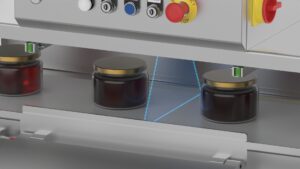X-ray machines are fundamental tools in modern medicine, industry and security. Their ability to produce detailed images of the inside of objects and human bodies has revolutionised the way professionals diagnose and solve problems.
Below you will learn about the main parts of an X-ray machine and how they work to produce accurate and clear images.
Below you will learn about the main parts of an X-ray machine and how they work to produce accurate and clear images.








